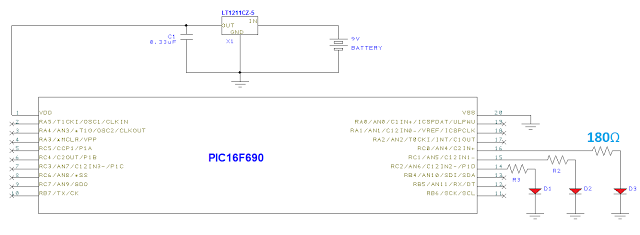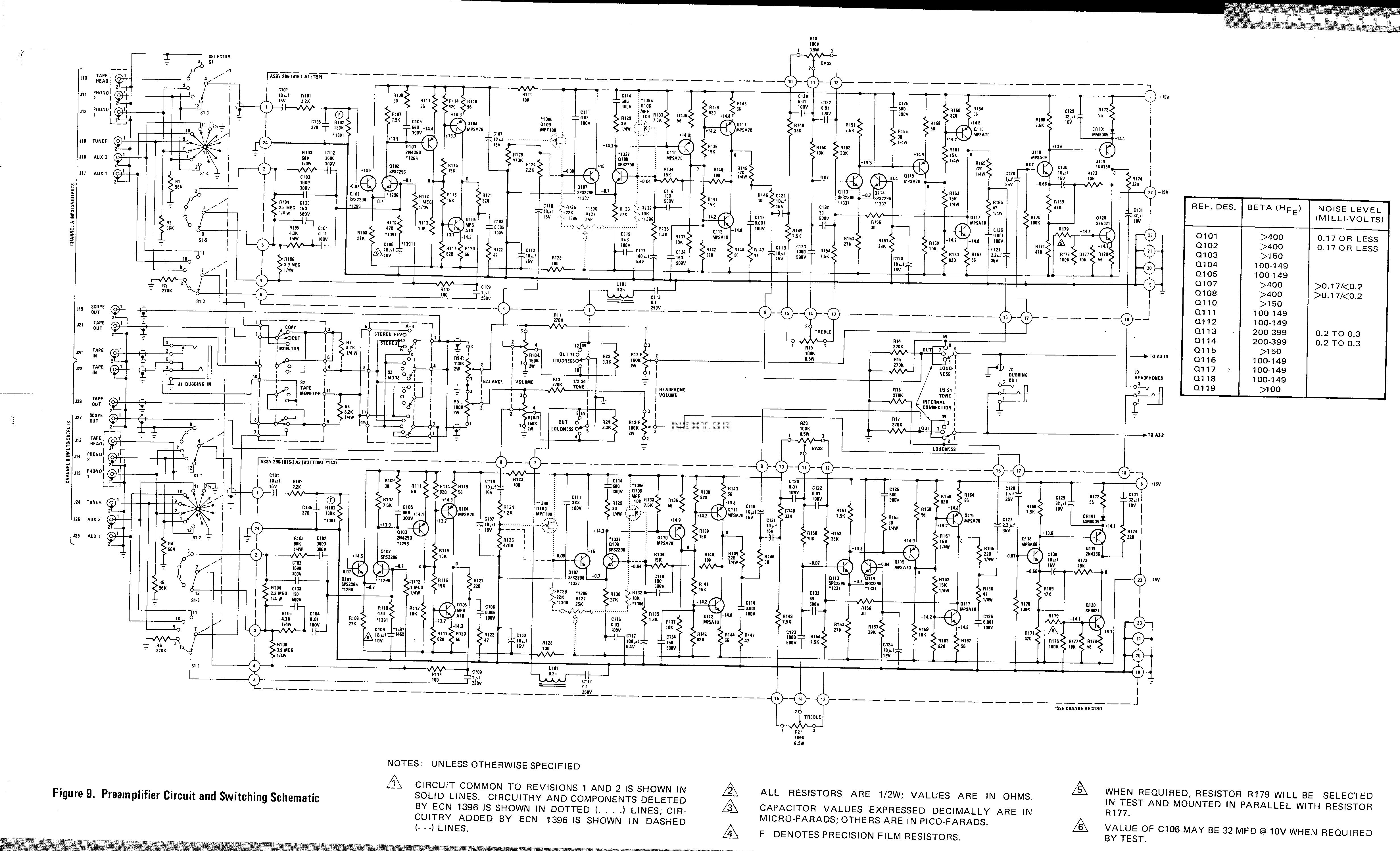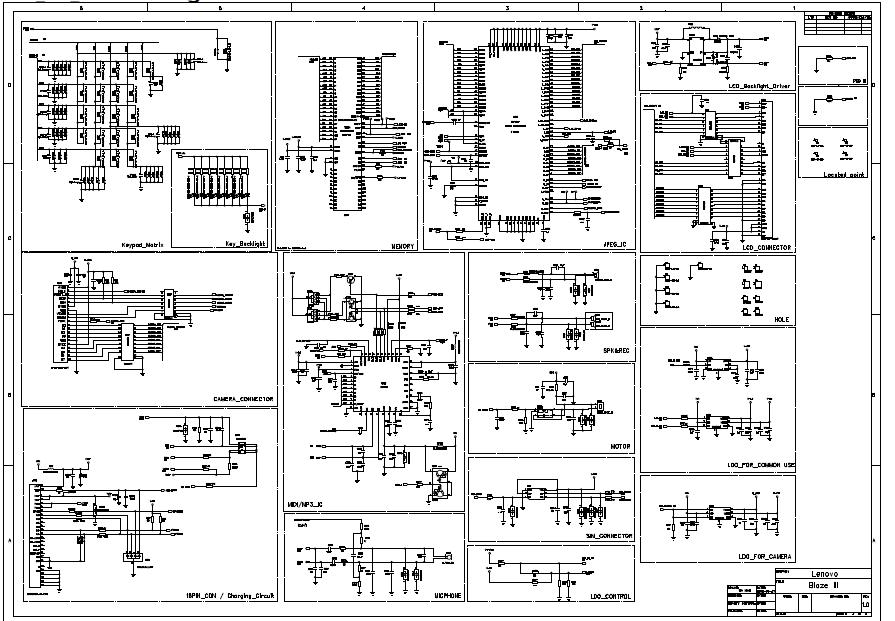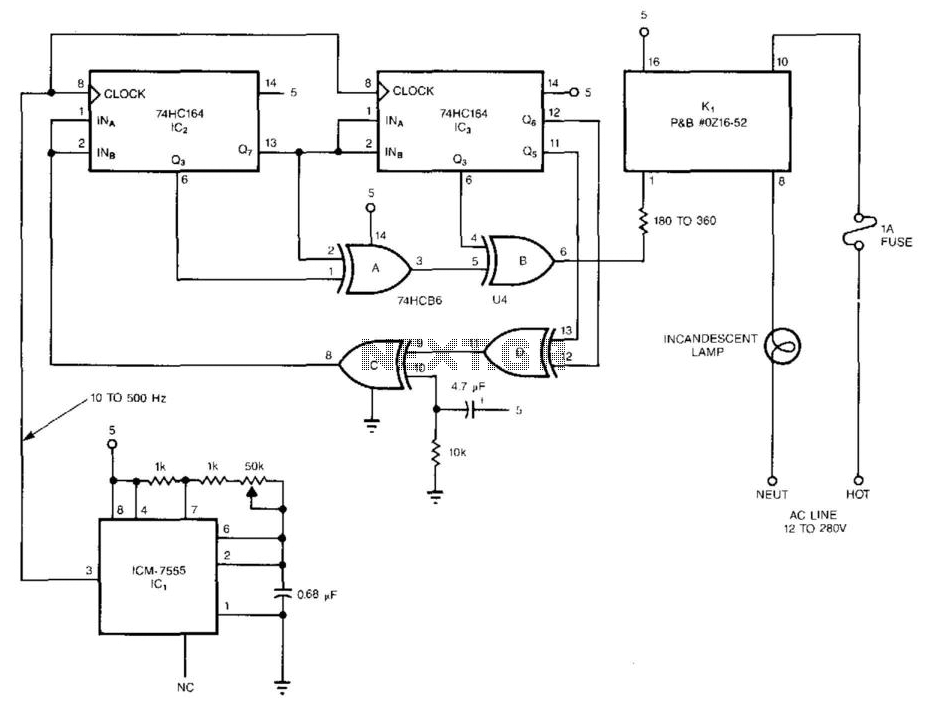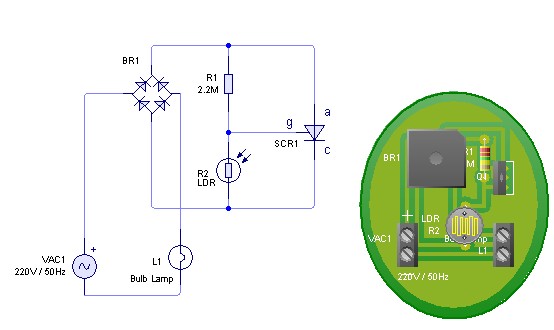
schematic computer multiplier sequence
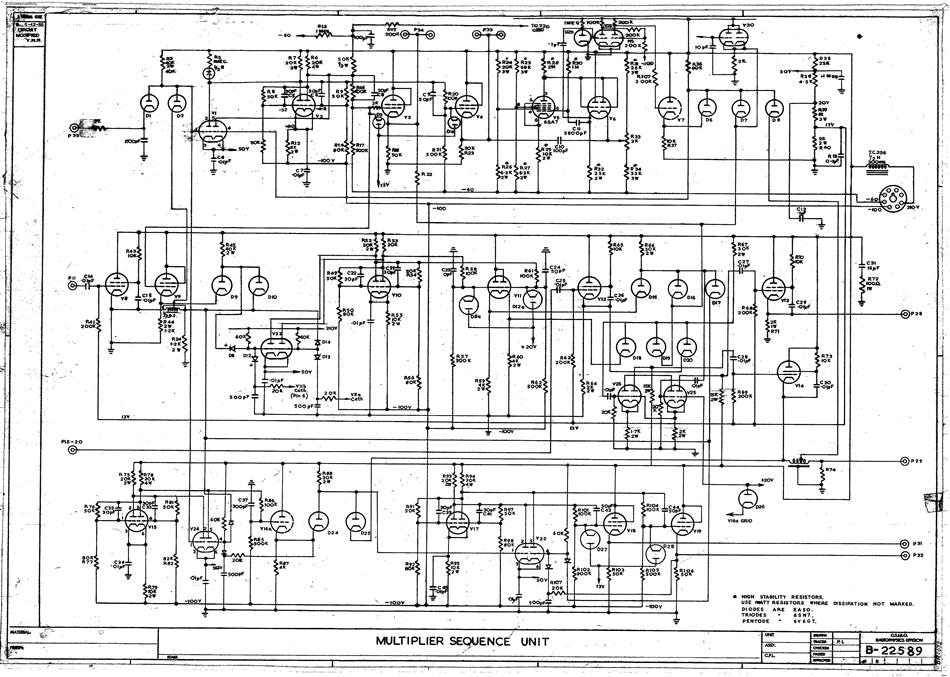
A hard copy schematic diagram pertaining to the computer CSIRAC. This diagram illustrates the intricate connections among all the components within the circuit. Such diagrams were utilized for circuit construction and subsequent testing. In the case of CSIRAC, the primary components included vacuum tubes (valves) and capacitors.
The schematic diagram of CSIRAC serves as a crucial reference for understanding the architecture and functionality of this pioneering computer. It provides a visual representation of the circuit, detailing how various components such as vacuum tubes, resistors, capacitors, and other elements are interconnected. Vacuum tubes, which function as electronic switches or amplifiers, were fundamental to the operation of CSIRAC, allowing for signal modulation and control.
Capacitors in the circuit played a vital role in energy storage and signal smoothing, contributing to the overall stability and performance of the computer. The schematic not only aids in the construction of the circuit but also facilitates troubleshooting and maintenance, enabling engineers to identify and rectify issues that may arise during operation.
Furthermore, the detailed connections illustrated in the schematic are essential for understanding the flow of electrical signals within the system. Each line and symbol represents specific electrical pathways and component functions, ensuring that the circuit operates as intended. This document is invaluable for both historical reference and educational purposes, providing insight into the early development of computing technology.Schematic diagram in hard copy relating to the computer CSIRAC. A schematic diagram shows the detailed connections between all the components in a circuit. Such diagrams were used to build circuits and later for testing. For CSIRAC, the most common components were vacuum tubes (valves), capacitors a.. 🔗 External reference
The schematic diagram of CSIRAC serves as a crucial reference for understanding the architecture and functionality of this pioneering computer. It provides a visual representation of the circuit, detailing how various components such as vacuum tubes, resistors, capacitors, and other elements are interconnected. Vacuum tubes, which function as electronic switches or amplifiers, were fundamental to the operation of CSIRAC, allowing for signal modulation and control.
Capacitors in the circuit played a vital role in energy storage and signal smoothing, contributing to the overall stability and performance of the computer. The schematic not only aids in the construction of the circuit but also facilitates troubleshooting and maintenance, enabling engineers to identify and rectify issues that may arise during operation.
Furthermore, the detailed connections illustrated in the schematic are essential for understanding the flow of electrical signals within the system. Each line and symbol represents specific electrical pathways and component functions, ensuring that the circuit operates as intended. This document is invaluable for both historical reference and educational purposes, providing insight into the early development of computing technology.Schematic diagram in hard copy relating to the computer CSIRAC. A schematic diagram shows the detailed connections between all the components in a circuit. Such diagrams were used to build circuits and later for testing. For CSIRAC, the most common components were vacuum tubes (valves), capacitors a.. 🔗 External reference
